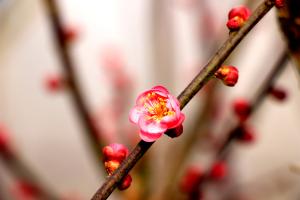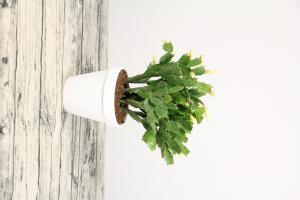Pruning method of clove: single stem small arbor shape
Install small arbor like culture, and carry out flat stubble after the seedlings grow to a certain length in the late autumn. Strengthen water and fertilizer management in the second year to promote tree growth. Constantly sort out side branches in the cultivation process, and dry them when they grow to about two meters. In the summer of the next year, the branches that are strong and evenly distributed with roughly the same spacing are selected as the main branches. When the main branch grows to about 50cm, it shall be cut short, and the external buds shall be left at the cutting mouth to promote the growth of lateral branches. In addition, the lateral branches occupy one direction respectively, and the crossing of branches should be avoided

Pruning method of clove: mostly dry shrub
There are 4-5 main branches left. Choose the appropriate main branches and side branches on each main branch without crossing. Taking the maintenance of tree shape as the center, trim dense branches, Cross branches, lower vertical branches, dry and dead branches and pest branches. In order to protect flower buds from flowering in spring, pruning shall not be short cut. In order to promote the development of new branches and make the tree shape beautiful and the tree crown lush, short cutting can be carried out when necessary. In addition, for the lilac which is not intended to be the mother plant, the fallen flowers should be cut off in time after flowering to avoid excessive consumption of tree nutrition. This is also more conducive to the beauty of the lilac


 how many times do yo...
how many times do yo... how many planted tre...
how many planted tre... how many pine trees ...
how many pine trees ... how many pecan trees...
how many pecan trees... how many plants comp...
how many plants comp... how many plants can ...
how many plants can ... how many plants and ...
how many plants and ... how many pepper plan...
how many pepper plan...





























